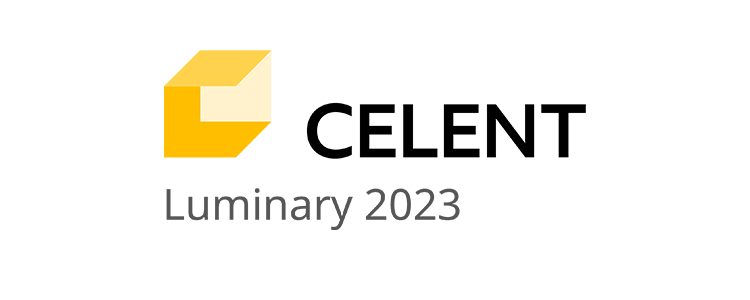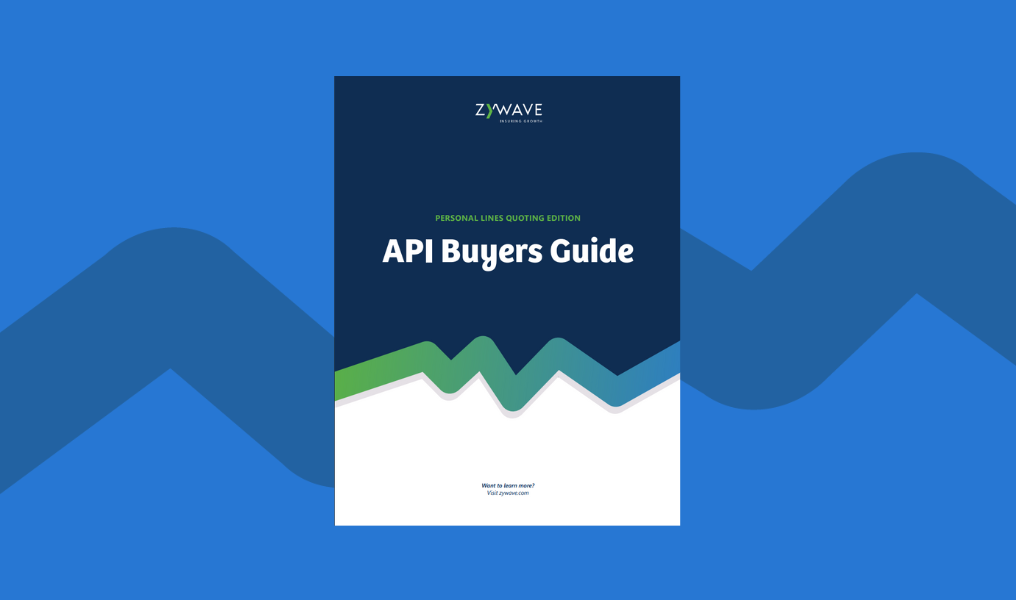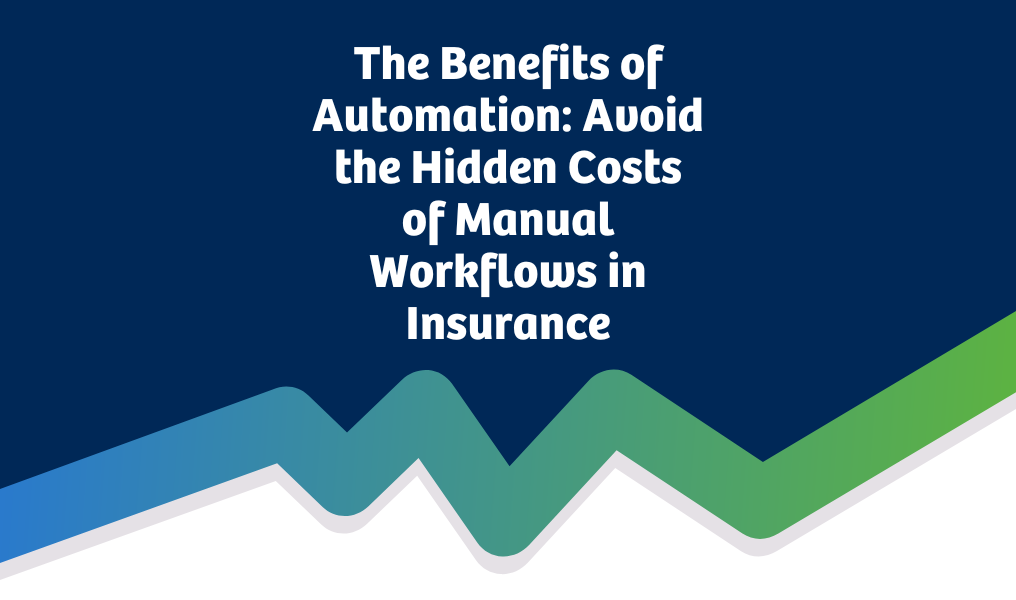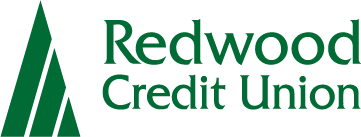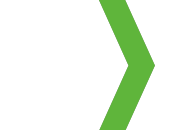Fear and uncertainty have been looming large for businesses and consumers for some time now. The world has been facing increasing consumer demands, supply chain disruption, and global energy shortages that have sent prices skyrocketing over the last year. This current economic climate has been challenging for many businesses, including insurance organizations. However, by implementing the right strategies, insurance organizations can not only survive but thrive during uncertain times.
5 Ways to Thrive During Economic Uncertainty
1. Cost Containment – This is the clearly the first step to position your organization to survive the downturn and come out stronger. Cost control measures should reach across the entire organization, turning over every stone to determine where you can save money, such as reducing unnecessary expenses or outsourcing certain functions. Take a look at cutting overhead costs such as rent, utilities, office supplies, travel, and more.
Unfortunately, this cost review may even lead to times when staff reductions may be needed. Should this happen, you also will need to focus on keeping remaining staff happy and motivated. Look for ways you can still offer skill and professional development opportunities to remaining staff. By investing in employee development, insurance organizations can improve staff morale, reduce turnover, and ensure that their teams are equipped to succeed. Additionally, employee engagement and feedback will be more important than ever. Make sure you have time to listen.
2. Vendor Consolidation – By consolidating vendors and working with a smaller number of strategic partners, insurance organizations can achieve cost savings and simplify their operations. For example, by consolidating IT vendors, insurance organizations can streamline their technology infrastructure, reduce redundancies, and optimize their systems. This can lead to significant cost savings, increased efficiency, and improved performance.
Vendor consolidation is important aspect of the move from monolithic to modular technology. As insurance organizations adopt more modular systems, they often find themselves working with multiple vendors to build and maintain their technology infrastructure. By consolidating vendors, organizations can reduce the number of contracts, reduce costs, streamline procurement processes, improve efficiency, and simplify vendor management. Additionally, consolidating vendors can help organizations ensure consistency and compatibility across their technology systems, which can improve system performance and reduce the risk of errors and amount of downtime.
3. Customer Retention – During challenging times, it can be difficult to acquire new customers. Insurance organizations can focus on retaining their existing customers by providing excellent customer service, offering competitive pricing, and demonstrating value. By focusing on customer retention, insurance organizations can maintain their revenue streams and remain competitive in a challenging economic environment.
This is not the time to shortchange your loyal customer base. It is the time to continue providing the same or elevated value. Make sure your customers are using the products they have to the full potential. Encourage utilization of products along with ensuring they have the training to use tools to produce the maximum benefit. And, while client communication is always important, now is the time to take it to another level. Provide content and information that is consistent, timely, and valuable. Provide them with the information they need even before they know they need it. Use automated tools for content delivery or client portals to streamline this process.
4. Efficiency Gains – It’s tough to keep asking your workforce to do more with less, but now is the time when insurance producers really need to step up their game. Being able to do more with less is not ideal, but a critical skill that can impact the financial health of your business.
Producers and businesses can do more by reviewing their sales process and identifying areas where they can improve their efficiency and effectiveness. For example, they can use data analytics to locate potential customers and personalize their sales pitch to increase their conversion rates. Producers can also leverage technologies to streamline operations and increase productivity. For example, they can use agency management system (AMS) and/or customer relationship management (CRM) solutions to track their leads and automate their follow-up process, freeing up time to focus on more productive activities. Upselling and cross-selling should also be on the list to boost revenues with current clients.
Your organization can also become more efficient through better insights and data. This new data or a comprehensive data review can lead your organization to diversify or streamline product offerings. By offering a diverse range of insurance products, organizations can hedge against declines in demand for certain products during a down time. For example, companies that primarily offer auto insurance may consider adding other lines, such as homeowners or life insurance. Diversifying product offerings can help insurance organizations maintain revenue streams and adapt to changes in the market. Conversely, if the numbers say you are stretched to thin, it may be time to streamline your product offerings and focus on where your margins are high, customer retention is strong, and you have a proven record of success.
5. Embrace Technology – Efficiency gains also shine through when you invest in technology that can automate processes, streamline workflows, and enable your organization to do more. For example, modern agency management systems can streamline operations, allowing staff to spend more time on higher-value tasks like customer service. By investing in technology and digital transformation, insurance organizations can improve their operations and deliver better service to customers.
One of the key ways to embrace technology, as previously mentioned, is to embrace an evolution from monolithic to modular technology. It can be a part of vendor consolidation measures, especially when you consider that organizations typically don’t use a large percentage of the features of the all-encompassing systems, but still pay for. There are companies, like Zywave, that can offer the exact components you need which can give you the value you need, without extra spend. Modular technology offers several advantages over monolithic systems, including greater flexibility, scalability, and cost-effectiveness.
These modules can be developed and maintained independently, and they can be integrated into a larger system as needed. This approach offers greater flexibility and allows insurance organizations to customize their technology systems to meet their specific needs. Additionally, by using cloud-based platforms, insurance organizations can avoid the high infrastructure and maintenance costs associated with monolithic technology. Overall, the move from monolithic to modular technology represents a significant step forward for the insurance industry, as it allows organizations to be more agile and responsive to changing market conditions.
Time for Action
By adopting these five strategies, insurance organizations can weather the storm of economic uncertainty and emerge stronger on the other side. By embracing technology, focusing on customer retention, streamlining operations, investing in staff development, managing costs, consolidating vendors, and adopting modular technology, insurance organizations can achieve long-term success and sustain growth, even during uncertain times.
For more information on how Zywave’s insurtech solutions can help your efficiency and growth strategy, click here for a demo.




